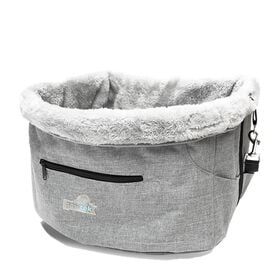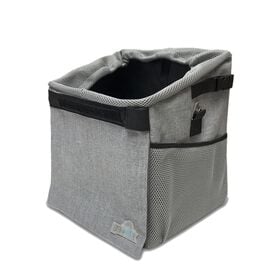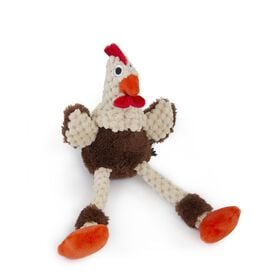The Yorkshire terrier is among the most popular small dog breeds in the world. Often considered a dainty and even feminine breed because of its long hair and tiny curls, Yorkshire terriers—or Yorkies—are small dogs with a big personality bred to catch rats in mines in Yorkshire, England.
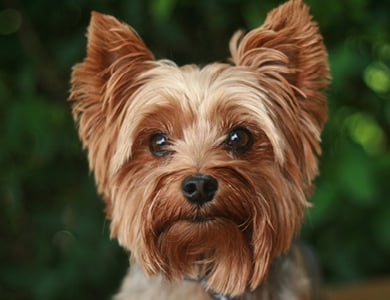
Physical appearance
Yorkies are square and well proportioned. They weigh approximately 3 kg (7 lbs) and are 15 to 20 cm (6 to 8 in.) tall. The teacup Yorkie—a tiny version of a Yorkshire terrier—is not a distinct breed, but rather a marketing term. Yorkshire terriers are readily identified by their straight-flowing silky coat of lustrous steel blue and golden tan. The dog’s high head carriage and alert expression give the appearance of vigour and self-confidence. The same is true of the oval eyes, dark in colour and sparkling, with a sharp intelligent expression. They must not be too prominent or bulging, and the eye rims are dark. The ears are small, V-shaped, carried erect and set high on the head, with the hair trimmed short on the tips. Many Yorkies have their tail docked at birth, but it is increasingly common to see them with natural tails, which should not detract from the dogs’ overall appearance or balance.
Life expectancy and health
In general, Yorkies have a lifespan of 11 to 16 years. Unfortunately, smaller-than-normal dogs tend to have a shorter lifespan. Yorkies are generally healthy dogs. Responsible breeders test their sires to determine whether they have health problems such as eye disorders. They also X-ray the dogs’ knee joints, since the breed is prone to patellar luxations. Despite all these precautions, some health problems are relatively common among Yorkshire terriers, including lymphangiectasia (an intestinal problem), portosystemic shunt (a liver problem), cataracts and dry eye (an inability to produce enough tears).
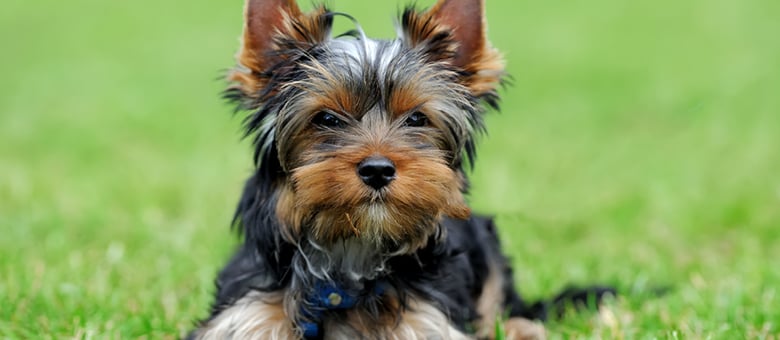
Energy level and temperament
Yorkies have a moderate energy level and, like all dogs, will be in better physical and mental health if they are active on a daily basis. Two walks a day and play time are therefore necessary. Moreover, despite their small size, Yorkies can take part in and excel at most dog sports, including rally, agility and obedience. These tiny dogs are very intelligent, and are fond of and like to please their owners. It is therefore not unusual to see them play the role of therapy dogs. Given their sociable and cheerful nature, it is preferable to use positive reinforcement rather than impose strict corrective measures to promote good behaviour. From an early age, Yorkshire terriers should be socialized in a variety of situations, with strangers and other dogs. Gradually introduce new situations, always in a calm and joyful atmosphere.
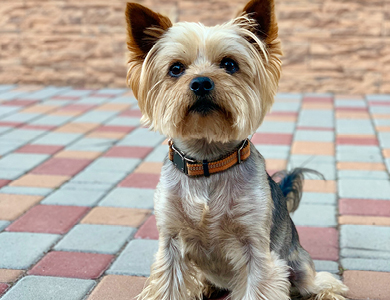
Maintenance
The Yorkshire terrier’s coat is very similar to human hair and must be treated accordingly. Consequently, most Yorkies are shaved, making the coat easier to maintain. If, however, the coat is kept long, it must be brushed daily. To keep the long hair silky and shiny, Yorkies need a bath approximately once a week. Shorthair dogs require far less bathing. Check the ears once a week to ensure that they are clean and free from infection. As with all breeds, it is important to trim nails regularly to prevent foot problems that can cause pain.
Origins
The breed’s origins date back to the 19th century in the northern English county of Yorkshire. Workers from Scotland came to Yorkshire in search of work, and brought several varieties of small terriers. Miners wanting to develop a ratting terrier bred black-and-tan terriers with Paisley and Clydesdale terriers. At the time, Yorkshire terriers were much bigger than they are today, weighing an average of 6.8 kg (15 lbs). During the Victorian era, the Yorkshire terrier was a popular pet among women. The breed was introduced in North America in 1872.
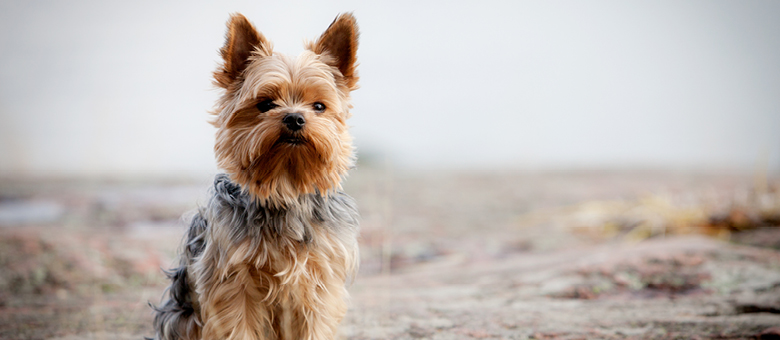
For more information, contact a registered breeder at the Canadian Kennel Club, who can answer all your questions. You can also contact the organization for more information on breeders and various breed clubs in Quebec and elsewhere in Canada.



